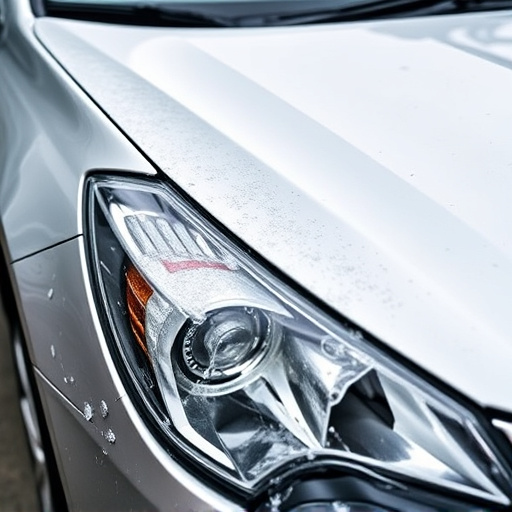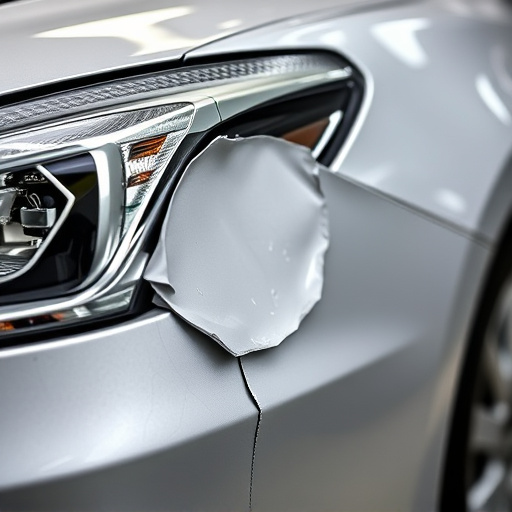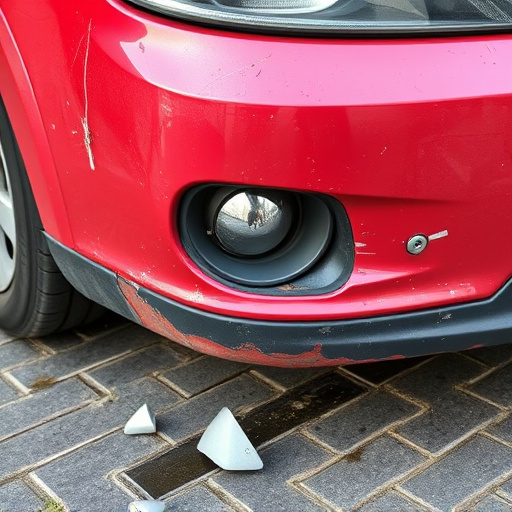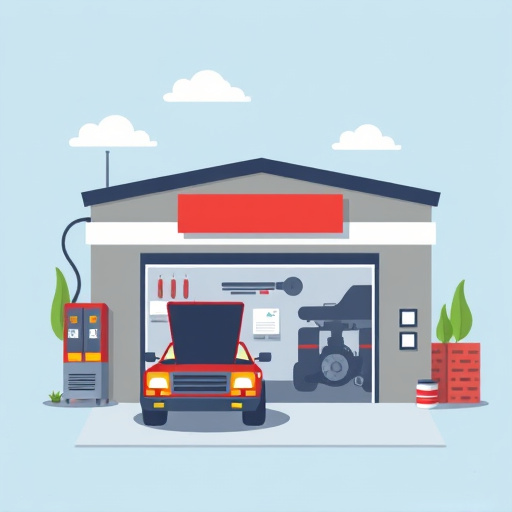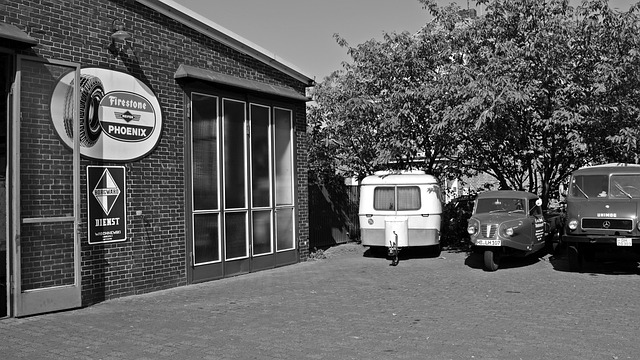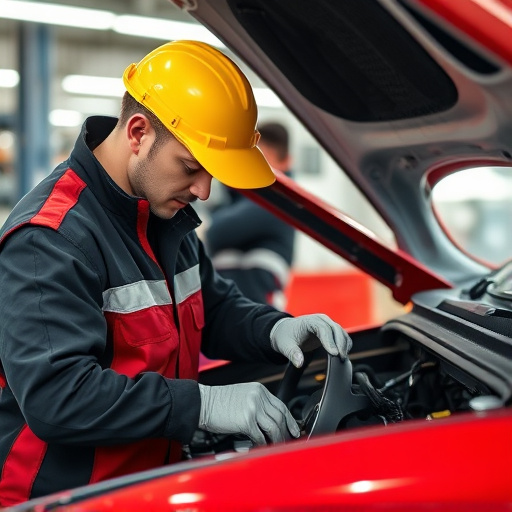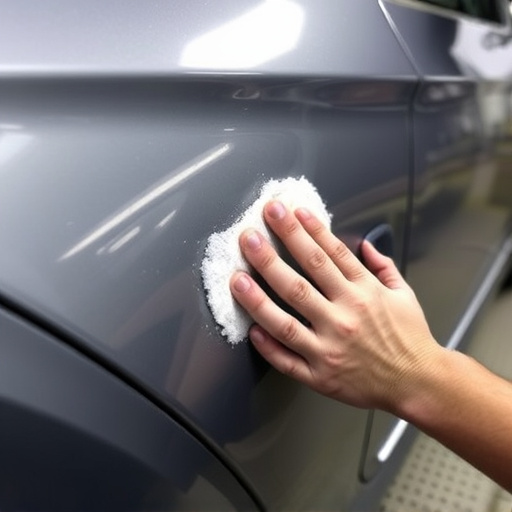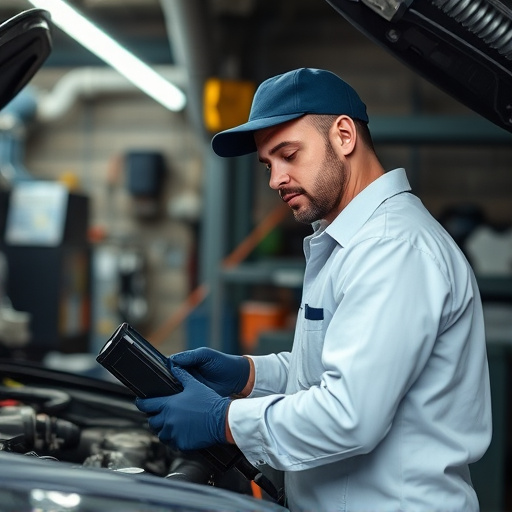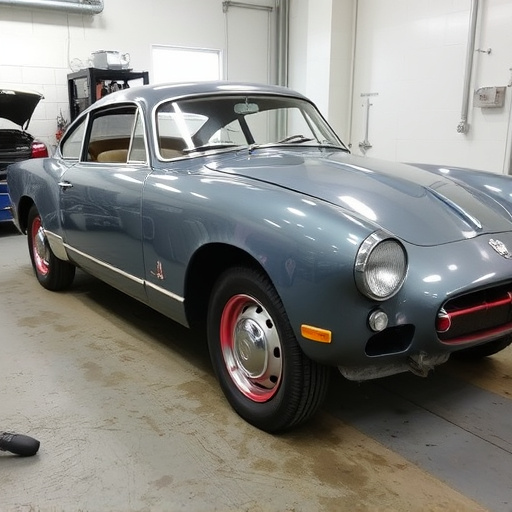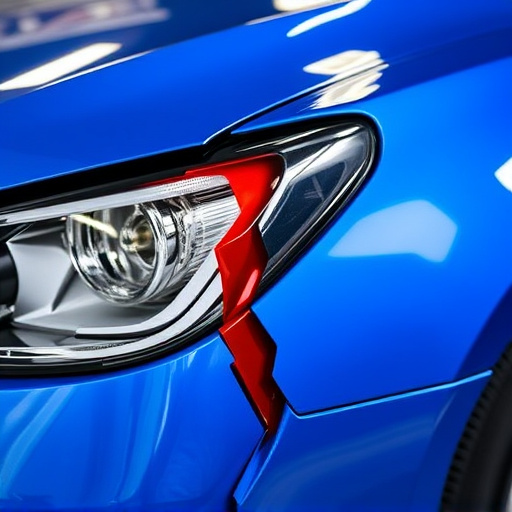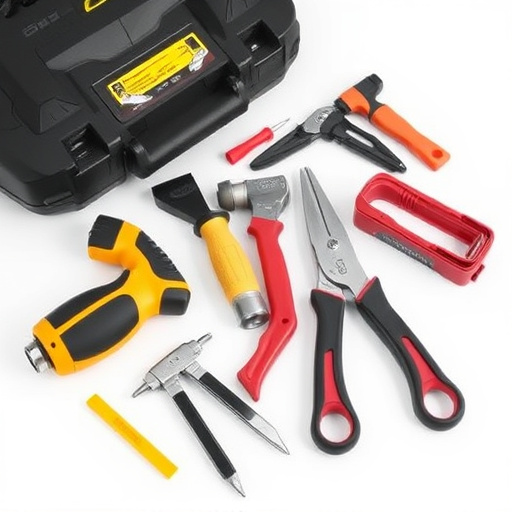Aluminum body components in the automotive industry offer lightweight, durable, and eco-friendly solutions, enhancing fuel efficiency and reducing emissions. Auto repair shops adopting aluminum face challenges requiring specialized techniques and equipment for precise, structural integrity-preserving repairs. Innovations like laser welding, advanced coatings, CAD design, and 3D printing revolutionize aluminum body work, ensuring efficient, durable, and environmentally conscious services.
Aluminum body components are transforming the automotive industry, offering lightweight strength that enhances fuel efficiency and performance. As vehicles evolve, the integration of aluminum has become more prevalent, particularly in complex structural elements. This shift presents significant advantages for auto repairs, with lighter materials simplifying replacements and reducing overall costs. The future promises innovative repair techniques tailored to aluminum’s unique properties, ensuring a durable and efficient vehicle restoration process.
- The Rise of Aluminum in Automotive Manufacturing
- Advantages of Aluminum Body Components for Repairs
- Future Trends: Innovations in Aluminum Repair Techniques
The Rise of Aluminum in Automotive Manufacturing

The automotive industry is undergoing a significant transformation, and aluminum is at the forefront of this shift. The rise of aluminum body components in modern vehicles is driven by several key factors. Firstly, aluminum is an incredibly lightweight metal, offering substantial weight savings compared to traditional steel bodies. This lighter construction directly contributes to improved fuel efficiency, reduced emissions, and enhanced overall vehicle performance.
Moreover, aluminum’s versatility makes it a top choice for complex automotive designs. It can be easily formed, molded, and welded, allowing manufacturers to create intricate and stylish body panels with precision. In today’s market, where design aesthetics are crucial, this aesthetic flexibility is invaluable. For auto repair shops specializing in frame straightening and vehicle dent repair, working with aluminum presents unique challenges and opportunities, requiring specialized techniques and equipment to ensure accurate repairs without compromising the integrity of these modern body structures.
Advantages of Aluminum Body Components for Repairs
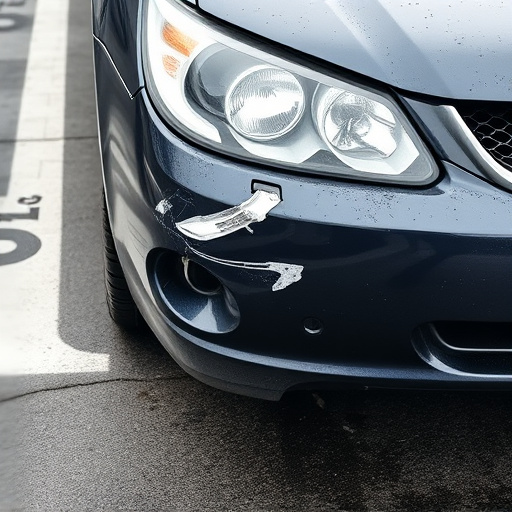
Aluminum body components offer numerous advantages when it comes to auto repairs. One of the key benefits is their lightweight nature; aluminum is significantly lighter than traditional steel, which can reduce a vehicle’s overall weight by up to 40%. This reduction in weight not only improves fuel efficiency but also enhances a car’s handling and performance.
Additionally, aluminum body components are highly resistant to corrosion, making them a durable choice for repairs. Unlike steel, which can rust over time, especially in damp or salty environments, aluminum forms a protective oxide layer on its surface that prevents oxidation. This feature ensures that the repaired areas maintain their structural integrity and aesthetic appeal, reducing the need for frequent touch-ups or replacement parts. Moreover, aluminum is readily recyclable, making it an eco-friendly option for both manufacturers and consumers, which is an increasingly important consideration in today’s world. These advantages make aluminum body components a smart choice for car repair shops and collision centers looking to offer efficient, durable, and environmentally conscious services, such as car paint services and comprehensive collision repair.
Future Trends: Innovations in Aluminum Repair Techniques

As the automotive industry continues to evolve, so too do the materials and technologies used in vehicle construction. Aluminum body components have become increasingly prevalent due to their lightweight nature, strength, and durability. This trend is expected to accelerate in the coming years as automakers strive to achieve greater fuel efficiency and reduce emissions. Innovations in aluminum repair techniques will play a pivotal role in this shift.
Advanced welding technologies, such as laser welding and resistance spot welding, are being refined to cater to the unique properties of aluminum. These methods ensure precise, strong joints that maintain the structural integrity of the vehicle’s bodywork. Additionally, new coating technologies are being developed to enhance corrosion protection, a significant concern for any automotive material, especially in regions with harsh climates. Moreover, computer-aided design (CAD) and 3D printing are poised to revolutionize automotive body work by enabling faster, more accurate repairs and even the creation of custom, complex aluminum components.
Aluminum body components are poised to transform auto repairs, offering numerous advantages such as lightweight construction and superior strength-to-weight ratio. As automotive manufacturing increasingly adopts aluminum, efficient and innovative repair techniques will become essential. Future trends suggest advanced welding methods, precision machining, and specialized coatings, ensuring that repairs are both structural and aesthetically seamless. Embracing these developments in aluminum repair techniques will not only facilitate faster and more cost-effective repairs but also contribute to the sustainability of the automotive industry by optimizing material usage.
